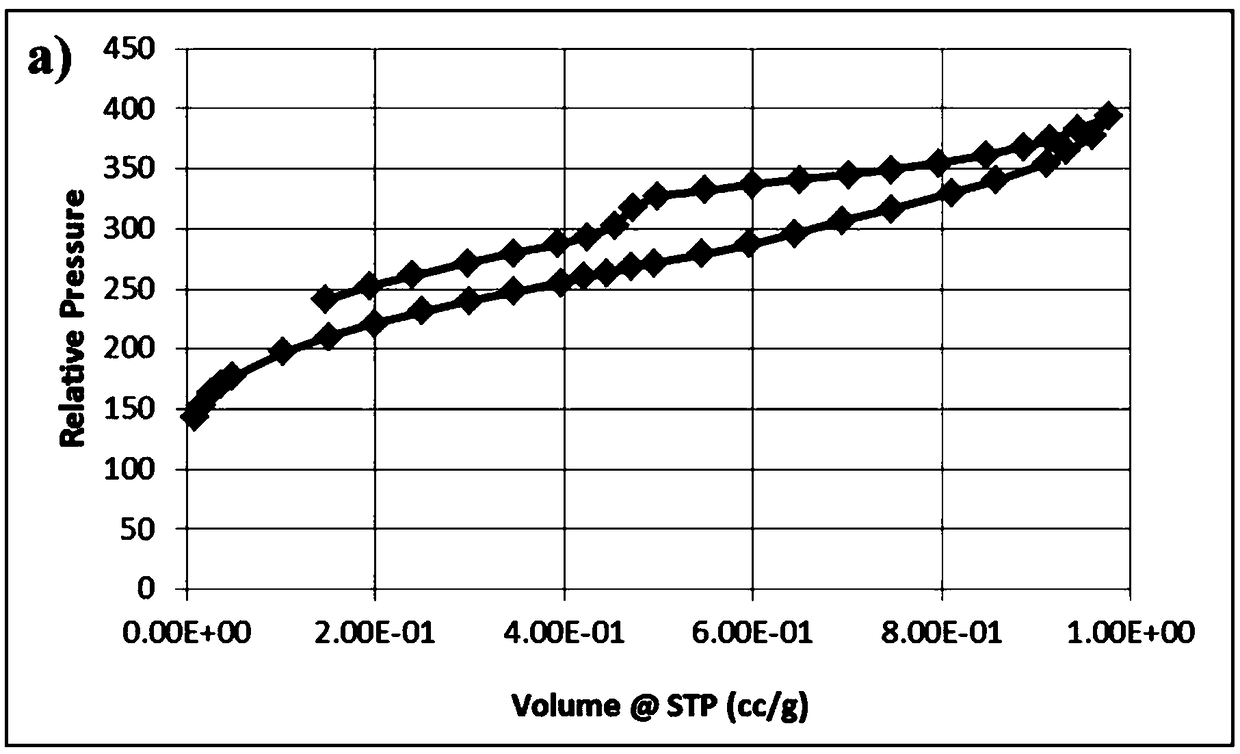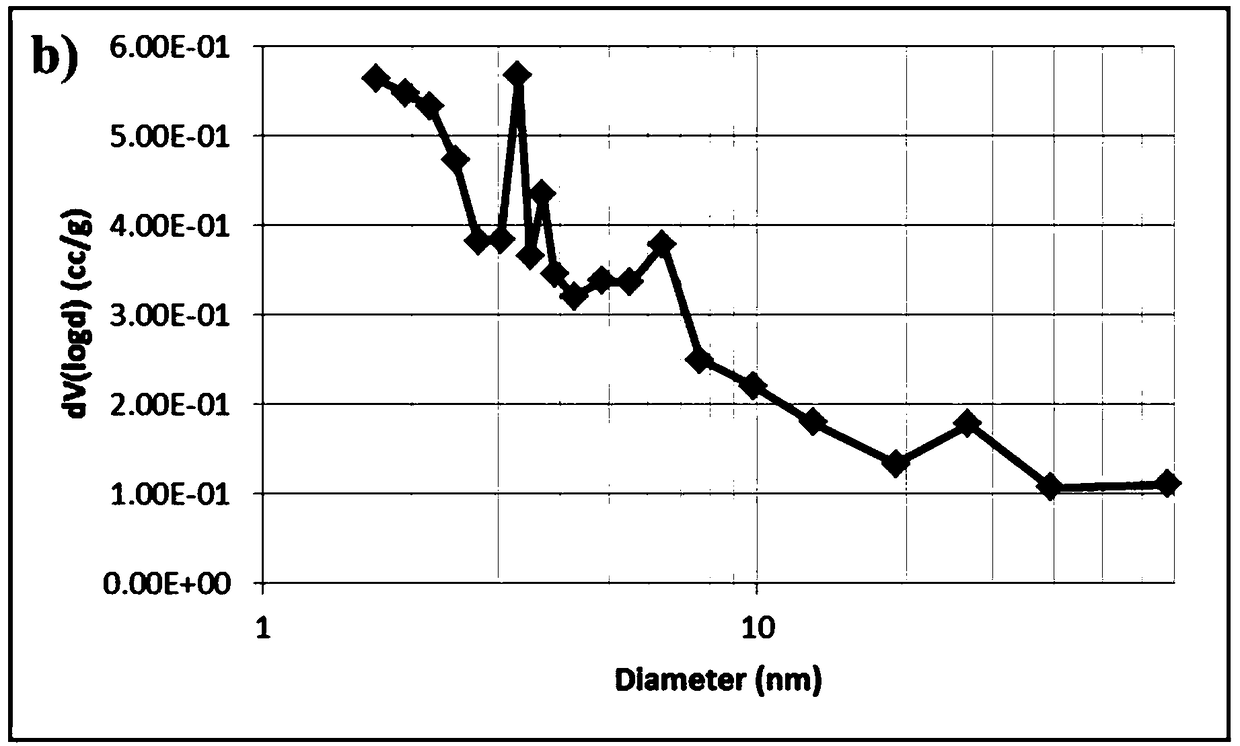Preparation and application of hydrophobic porous organic polymer material
A polymer and hydrophobic technology, applied in the field of detection of polycyclic aromatic hydrocarbons in food, can solve the problems of complex high-throughput analysis, low recovery rate of treatment, low sensitivity, etc., achieve good physical and chemical stability, improve detection sensitivity, The effect of high content
- Summary
- Abstract
- Description
- Claims
- Application Information
AI Technical Summary
Problems solved by technology
Method used
Image
Examples
Embodiment 1
[0025] Example 1 Preparation of material A
[0026] In a 25mL round-bottomed single-neck flask, add 1.84g toluene, 3.04g dimethoxymethane, and 6.5g FeCl 3 As a catalyst for the polymerization reaction, 20 mL of 1,2-dichloroethane was added as a solvent, and heated to 80° C. under vigorous stirring to uniformly polymerize toluene and dimethoxymethane. The polymerization time was 24 hours. The obtained solid is subjected to Soxhlet extraction with methanol as a solvent, filtered, and dried at 80° C. to obtain the hydrophobic porous organic polymer material A.
Embodiment 2
[0027] Example 2 Preparation of material B
[0028] In a 25mL round-bottomed single-neck flask, add 2.40g 1,3,5-triphenylbenzene, 3.04g dimethoxymethane, and 6.5g FeCl 3 As a catalyst for the polymerization reaction, add 20mL of 1,2-dichloroethane as a solvent, and under vigorous stirring, heat to 80°C to uniformly polymerize 1,3,5-triphenylbenzene and dimethoxymethane. The polymerization time is 24h. The obtained solid is subjected to Soxhlet extraction with methanol as a solvent, filtered, and dried at 80° C. to obtain the hydrophobic porous organic polymer material B.
Embodiment 3
[0029] Example 3 Preparation of material C
[0030] In a 25mL round bottom single-necked flask, add 1.20g 1,3,5-triphenylbenzene, 0.92g toluene, 3.04g dimethoxymethane, and 6.5g FeCl 3 As a catalyst for the polymerization reaction, add 20mL of 1,2-dichloroethane as a solvent, and under vigorous stirring, heat to 80°C to make 1,3,5-triphenylbenzene, toluene and dimethoxymethane uniform Polymerization, the polymerization time is 24h. The obtained solid is subjected to Soxhlet extraction with methanol as a solvent, filtered, and dried at 80° C. to obtain the hydrophobic porous organic polymer material C.
PUM
| Property | Measurement | Unit |
|---|---|---|
| pore size | aaaaa | aaaaa |
| specific surface area | aaaaa | aaaaa |
| specific surface area | aaaaa | aaaaa |
Abstract
Description
Claims
Application Information
 Login to View More
Login to View More - R&D
- Intellectual Property
- Life Sciences
- Materials
- Tech Scout
- Unparalleled Data Quality
- Higher Quality Content
- 60% Fewer Hallucinations
Browse by: Latest US Patents, China's latest patents, Technical Efficacy Thesaurus, Application Domain, Technology Topic, Popular Technical Reports.
© 2025 PatSnap. All rights reserved.Legal|Privacy policy|Modern Slavery Act Transparency Statement|Sitemap|About US| Contact US: help@patsnap.com



